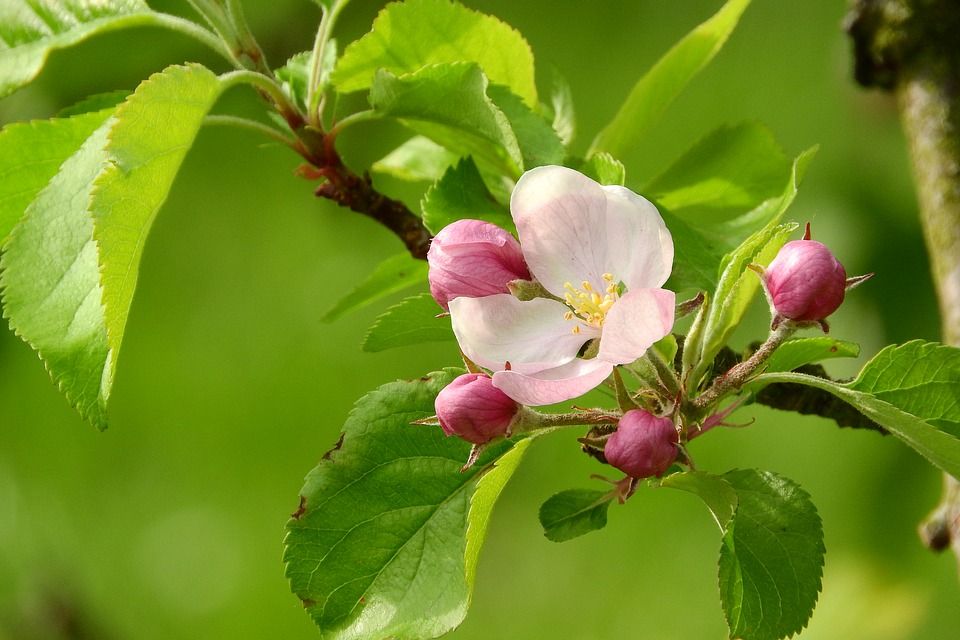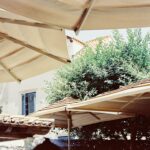Nature in Dalmatia decided it’s up for a spring revival.
Nature in Dalmatia has had a rough summer: wildfires ravaged half of the region in July and August, while multiple months of drought destroyed crops on the mainland and on islands alike. Olive groves and lavender fields deteriorated; bee colonies decreased in numbers due to a shortage of food they can find in nature. Let’s not forget about flash floods in the wider Zadar region and various other locations.
Now that summer has passed and we’re halfway into autumn, it seems the quirky Mother Nature got a bit confused after all the trauma she’s been through. Even though temperatures should be steadily decreasing, we’ve been blessed with sunny weather and more than pleasant temperatures for the last ten days, and nature in Dalmatia seems to think we’re enjoying a replay of the summer season. The flora of Vrgorska krajina, an area around Vrgorac town in inland Dalmatia, is currently going through a renaissance: fruit trees are in bloom, reports Slobodna Dalmacija on October 22, 2017.
“A couple of plum and pear fruit trees that were destroyed by frost back in April have started to bloom these days. Both sorts are very specific, as they need to go through their natural cycle sooner or later, and they’re now helped by these [high] temperatures. Another thing that bears witness to strange phenomena going on in nature these last few weeks are the sparrows who have started to mate, which they usually tend to do in spring. Nature has gone a bit crazy”, said Stipe Primorac from Kašče village.

Strawberry fields in Rastok and Jezero have started to bear fruit again, a process that also naturally takes place in April.
Another local, Ante Primorac, stated the same thing has been happening to walnut trees lately. They have also been destroyed by frost earlier this year, but owing to the pleasant weather conditions, they are now in bloom as well.
An agricultural expert from the Vrgorac area, Danko Tolić, said he doesn’t view the current events as anything particularly strange. “We can honestly say this is a common occurrence; after a long, dry and warm summer, retrovegetation is known to happen in nature”, stated the expert.
Who knows what else we will witness before the end of this whimsical year?










